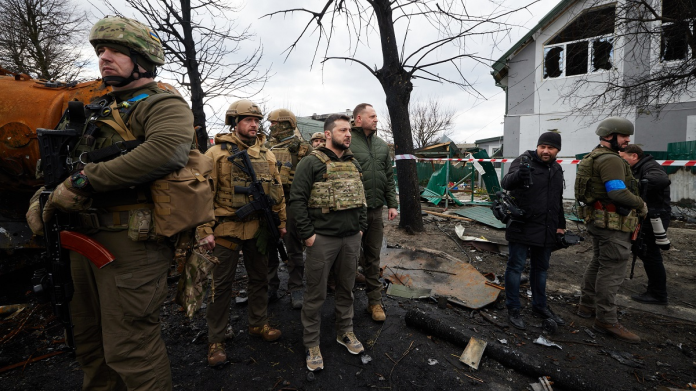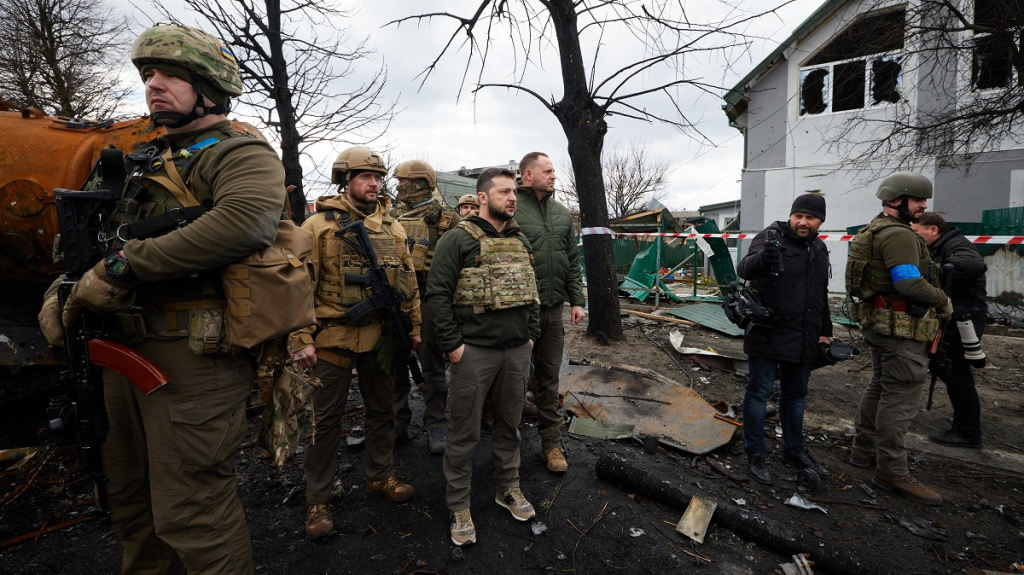
During the last month, Ukraine’s strategy in the war has shifted into a precision infrastructure warfare phase, as deep-strike drone campaigns against Russian refineries have been followed by frantic attempts to reinforce its own damaged energy network. The fruits of the effort are seen on the battlefield and in economic statistics Russian advances slowed dramatically between August 12 and September 9, 2025, while the refining capacity of Moscow has been disrupted most severely in wartime to date.
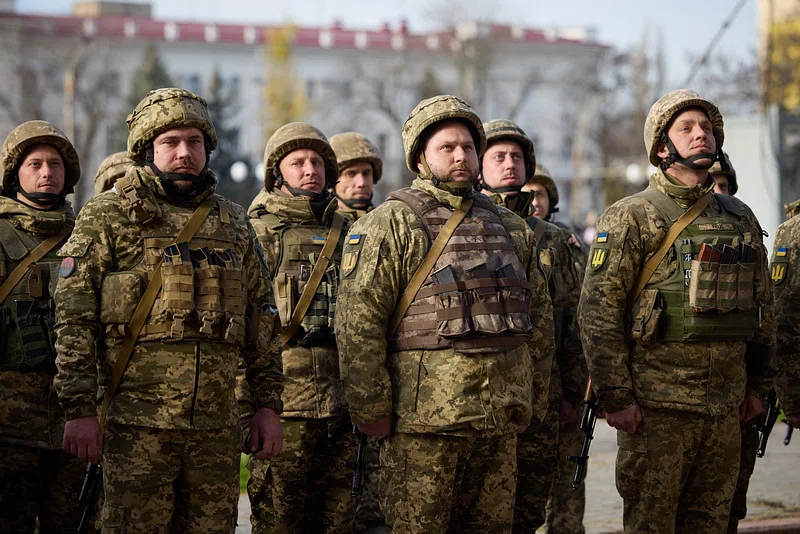
1. Territorial Gains Under Satellite Surveillance
Russian troops took 160 square miles of Ukrainian ground from August 12 to September 9 a 34% reduction from last month’s gains. The Institute for the Study of War’s satellite-based high-resolution geospatial mapping indicates the front line contracting in multiple sectors. It is partly due to Ukraine’s interdiction of Russian logistics, including attacks on fuel infrastructure that make mechanized operations difficult, claim analysts. The slim 14 square miles of weekly gain at the start of September, roughly the area of three Manhattan islands, highlights the pause in operations.

2. Drone Warfare Enters a New Phase
Ukraine’s long-range drone campaign has matured from opportunistic attacks to high-volume, persistent strikes. Battlefield reports cite the newest swarms as being extensive enough to saturate Russian air defenses, with enhanced inertial and satellite guidance allowing precision strikes against refinery processing units. In contrast to 2024, where the majority of facilities were attacked once and back in operation within weeks, the 2025 campaign uses rolling attacks to re-target plants during repair, extending downtime.
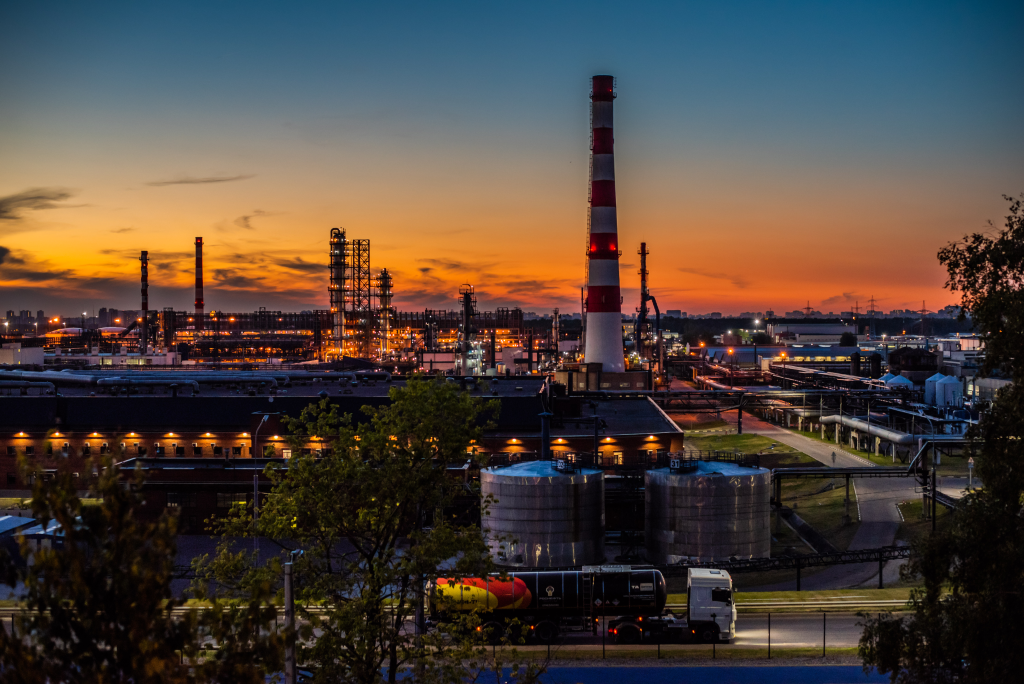
3. Technical Impact on Russian Refining
Strikes crippled the Ukhta, Ryazan, Saratov, Volgograd, and the three Samara group refineries, as well as plants in Rostov and Krasnodar, by mid-August. The Ryazan refinery, which processed as much as 17.1 million tons of oil per year, lost half of its production following damage to two of three major units. Novokuybyshevsk’s atmospheric distillation unit AVT‑11 was fully shut down. Reuters places the outages at as much as 8% of Russia’s refining capacity, and The Moscow Times estimated that 44.3 million tons per year of capacity nearly 13% of the country’s total was out in August.
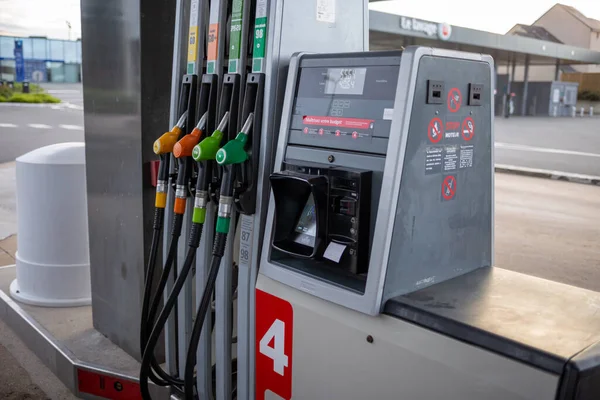
4. Economic and Logistical Ripple Effects
The Ryazan-Volgograd refinery corridor feeds tens of millions of consumers across western Russia, including major agricultural regions. Strikes coincided with harvest time and the height of vacation travel, which boosted gasoline consumption. Wholesale A‑92 gasoline prices rose to 53.5 rubles ($0.66) per liter in late August, levels almost matching retail prices under government controls. Russia has diverted crude to ports on the west coast, raising exports to 2 million barrels a day, but sanctions are hindering repairs by restricting access to spare parts.
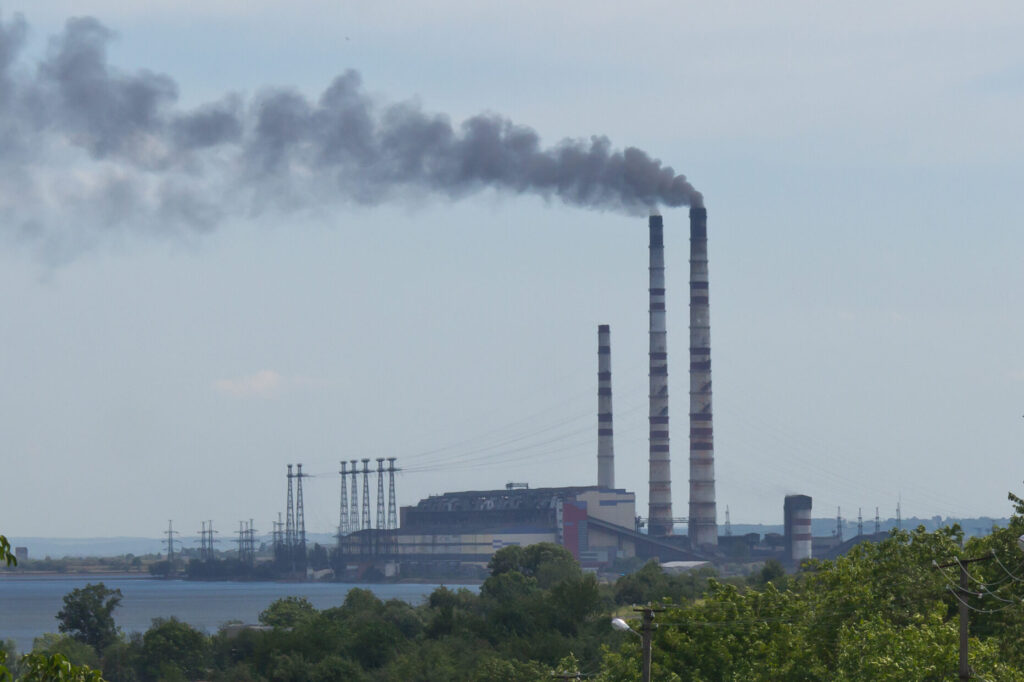
5. Engineering Vulnerabilities in Ukraine’s Grid
While Ukraine’s drones weaken Russian fuel production, its own grid is still severely damaged. Pre‑war capability of 56 GW has declined to approximately 9 GW, with 80% of thermal capacity lost and 64% of overall capacity destroyed or taken. The Soviet‑era grid’s centralized planning previously plugged into Russia and Belarus has been extremely vulnerable to missile and drone attacks. Late 2024 attacks compelled the shutdown of nuclear facilities from the grid, increasing the likelihood of Fukushima‑type cooling system malfunctions.
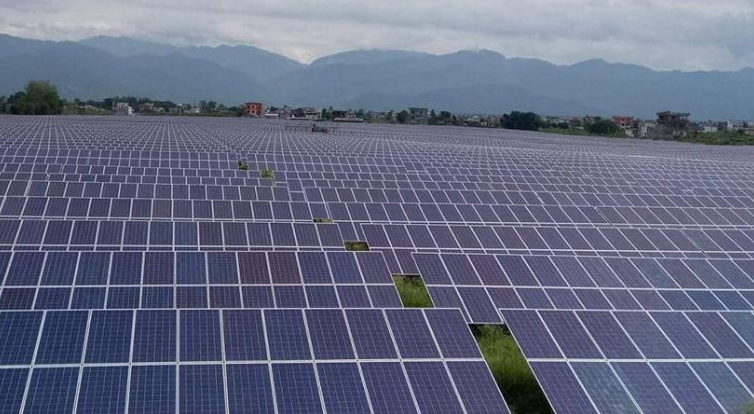
6. Resilience Strategies and Decentralization
Energy professionals emphasize that decentralization today is a matter of survival. Small, dispersed stations of 5–100 MW are more difficult to attack and can disconnect from the central grid in times of assault. Municipalities such as Mykolaiv have incorporated mixed diesel, solar PV, and battery systems to maintain operational water pumping stations. Aid agencies have supplied solar-powered battery packs to hospitals, while the government’s 2025–2030 National Energy and Climate Plan aims for 10 GW of new renewable capacity and an increase in renewables’ share from 10% to 27% by 2030.

7. International Support and Technology Transfer
Western allies are providing generators, fuel, and technical support. The U.S. Agency for International Development pledged $55 million toward heating facilities and reserve power, with European donors providing funding directly to subnational initiatives. American companies stand to export microgrid controls, battery storage, and even small modular reactors. Examples of U.S. municipal utility and co-op models provide governance blueprints for Ukraine’s new local energy cooperatives.
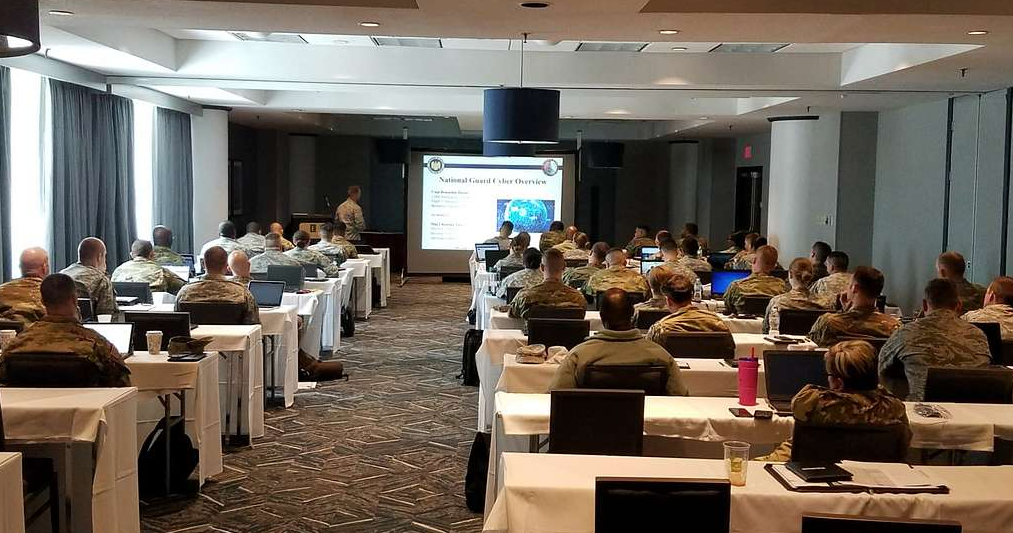
8. Satellite and OSINT in Operational Planning
Both are using satellite imagery to achieve operational advantage. Ukrainian planners employ commercial and military satellite imagery to spot refinery weaknesses like open distillation columns and tank farms while freelance OSINT actors monitor territorial realignments at a meter‑level resolution. These data feed not only into military targets but also post‑strike damage assessments, enabling Kyiv to prioritize subsequent attacks on half‑fixed facilities.
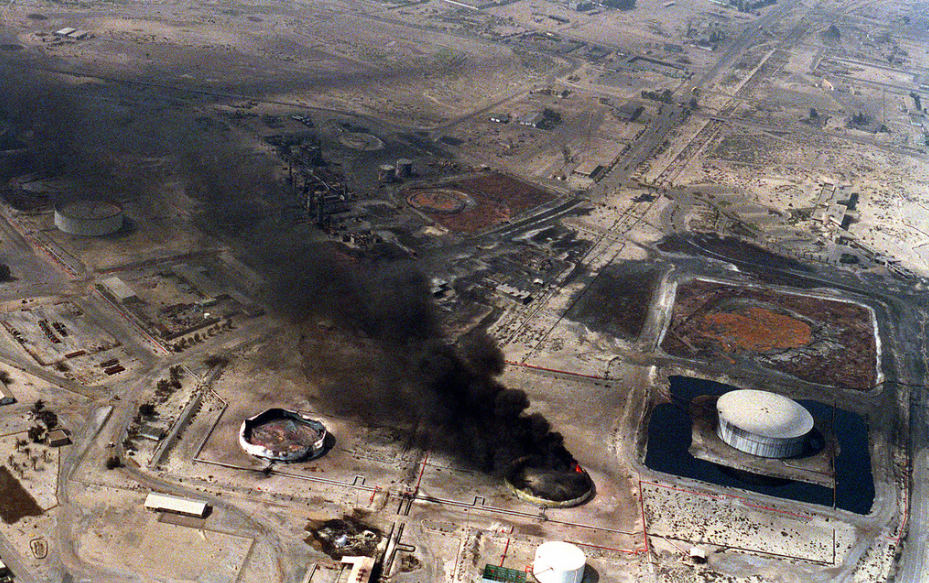
9. Strategic Implications
The intersection of slowed Russian advances, refinery shutdowns, and Ukraine’s power grid crisis underscores the role of energy infrastructure at the center of contemporary war. For Moscow, maintaining mechanized offensives in the absence of secure refining and distribution of fuel is ever more expensive. For Kyiv, survival depends on creating a wartime‑resilient, decentralized electricity system that can endure persistent kinetic and cyber attacks.
By September 2025, the energy front of the war is as conclusive as fighting over territory, with drones, grid engineering, and satellite intelligence determining the course of both armies’ capacities.
